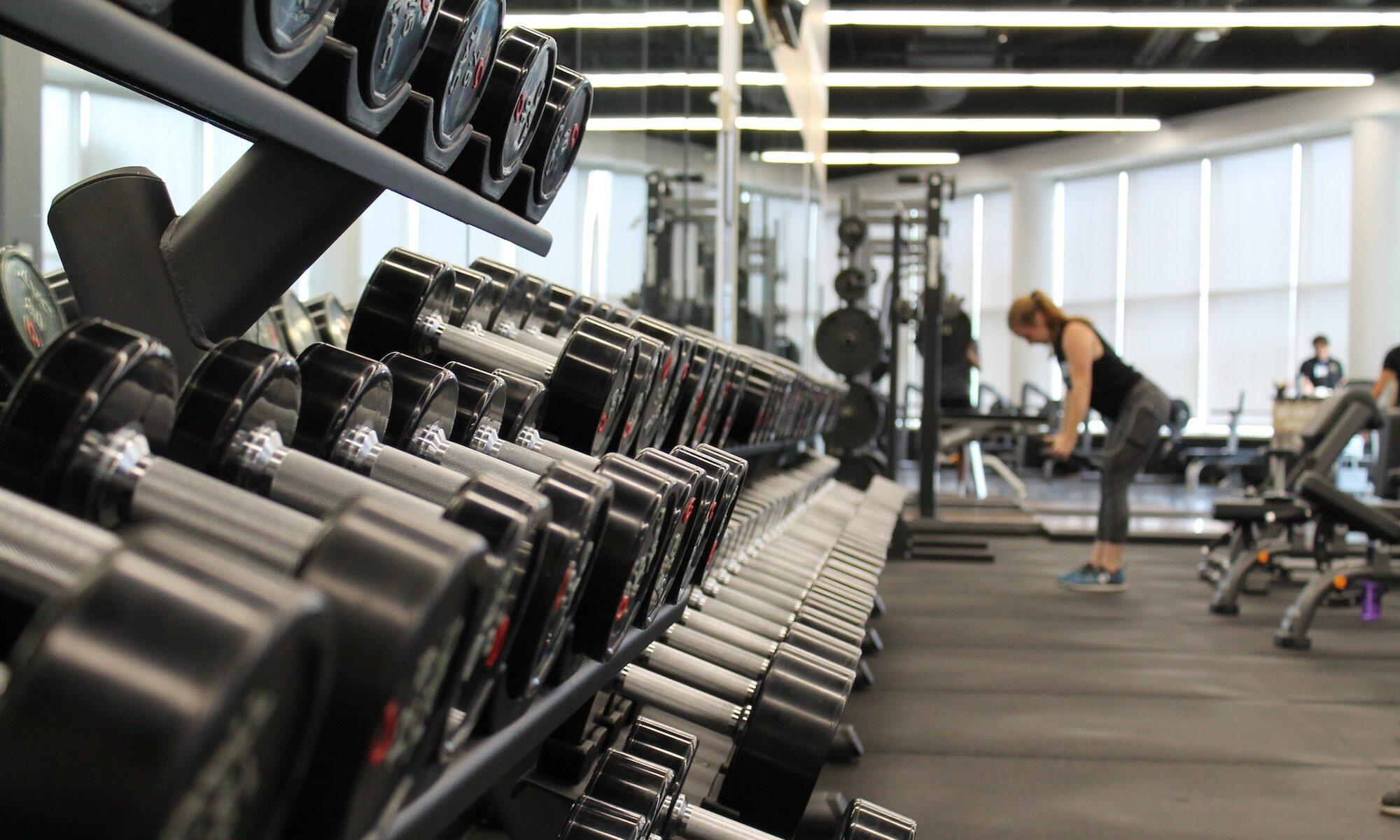Are you getting back to basics with fundamental workout principles? Learn how understanding the core principles of exercise can revolutionize your routine.
Are you ready to take your fitness journey to the next level? In a world full of trendy workouts and complex exercise programs, it’s easy to get caught up in the latest fads. But sometimes, all you need is to get back to basics and focus on fundamental workout principles. Whether you’re a seasoned athlete or just starting out, understanding the core principles of exercise can help you achieve your fitness goals more effectively. From proper form and technique to the importance of consistency and progression, let’s explore how going back to the fundamentals can revolutionize your workout routine and bring you closer to your desired results.
Importance of Fundamental Workout Principles
When it comes to achieving your fitness goals, understanding and implementing fundamental workout principles is essential. These principles serve as the foundation for effective and productive training sessions, help prevent injuries, and ultimately lead to building a stronger and healthier body. By mastering these basics, you can pave the way for success in your fitness journey.
Understanding the Fundamentals
Before diving into the specifics, it’s crucial to have a clear understanding of the fundamentals. These principles encompass setting realistic goals, balancing cardio and strength training, and maintaining proper technique and form throughout your workouts. Let’s explore each of these aspects in detail.
Setting Realistic Goals
Setting realistic goals is the first step towards achieving them. Whether your aim is to lose weight, gain muscle, or improve overall fitness, it’s important to set specific, measurable, attainable, relevant, and time-bound (SMART) goals. By breaking down your ultimate objective into smaller, manageable milestones, you can stay motivated and track your progress more effectively.
Remember, setting unrealistic goals could lead to disappointment and frustration. It’s vital to be honest with yourself about your current fitness level and work gradually towards your desired outcomes. Consulting with a fitness professional can provide valuable insights and help you set realistic goals tailored to your individual capabilities.
Balancing Cardio and Strength Training
To achieve a well-rounded fitness routine, it’s crucial to strike a balance between cardiovascular exercise and strength training. Cardiovascular workouts, such as running, cycling, or swimming, improve your heart and lung health, burn calories, and enhance endurance. On the other hand, strength training exercises, including weightlifting and bodyweight exercises, help build muscle mass, increase strength, and boost metabolism.
A combination of both cardiovascular and strength training exercises can yield optimal results. According to the American College of Sports Medicine, adults should aim for at least 150 minutes of moderate-intensity cardiovascular exercise per week and two or more days of strength training targeting major muscle groups. By incorporating both forms of exercise into your routine, you can enhance your overall fitness level and achieve a well-balanced physique.
Proper Technique and Form
Maintaining proper technique and form during your workouts is vital for both maximizing results and preventing injuries. When performing exercises, it’s essential to prioritize proper body alignment, control, and range of motion. This ensures that you engage the correct muscles, minimize strain on joints, and reduce the risk of immediate or long-term injuries.
If you’re new to a particular exercise or unsure about correct form, seeking guidance from a certified fitness professional can be incredibly helpful. They can provide you with demonstrations, instructions, and feedback to ensure you execute exercises safely and effectively. Additionally, listening to your body and acknowledging any discomfort or pain is crucial. Pushing through when your body signals distress can result in injuries that could set back your progress and deter your motivation.
1. Importance of Fundamental Workout Principles
When it comes to achieving your fitness goals, understanding and implementing fundamental workout principles is essential. These principles serve as the foundation for effective and productive training sessions, help prevent injuries, and ultimately lead to building a stronger and healthier body. By mastering these basics, you can pave the way for success in your fitness journey.
1.1 Foundation for Effective Training
Fundamental workout principles provide the necessary structure for effective training. By following these principles, you can optimize your workouts and make the most of your time at the gym or during home workouts. Without a solid foundation, your efforts might be less efficient and yield slower progress.
When you incorporate fundamental workout principles into your training routine, you establish a systematic approach that allows for consistent progress. This includes setting goals, planning workouts in advance, tracking your progress, and making necessary adjustments along the way. By adhering to these principles, you can ensure your training sessions are purposeful and geared towards your desired outcomes.
1.2 Preventing Injuries
One of the significant advantages of understanding fundamental workout principles is their role in injury prevention. Taking precautions and implementing proper techniques can greatly reduce the risk of sustaining injuries during exercise.
Many injuries occur as a result of poor form, overexertion, or lack of knowledge regarding exercise execution. By familiarizing yourself with proper techniques and focusing on maintaining them throughout your workouts, you minimize the chances of strained muscles, sprained joints, or other common injuries. Additionally, gradually progressing in your training routine and listening to your body’s signals can help you avoid overtraining and excessive strain.
1.3 Building a Stronger Body
Fundamental workout principles lay the groundwork for building a stronger and more resilient body. By following these principles, you optimize your training routine, leading to increased muscle growth, enhanced strength, and improved overall fitness.
When setting realistic goals, you can create a roadmap to gradually increase the intensity and challenge of your workouts. This progressive overload principle is essential for building strength and muscle mass over time. By finding the right balance between cardiovascular exercise and strength training, you can target different physiological adaptations and develop a well-rounded physique.
Proper technique and form play a vital role in building a stronger body. When you execute exercises correctly, you engage the targeted muscles more effectively, allowing for optimal muscle recruitment and growth. Additionally, by preventing injuries, you can maintain consistency in your training routine, avoiding setbacks that could hinder your progress.
2. Understanding the Fundamentals
To embark on a successful fitness journey, it’s crucial to understand and embrace the fundamental principles that underpin effective training. By focusing on setting realistic goals, balancing cardio and strength training, and implementing proper technique and form, you can maximize your potential and optimize your training routine.
2.1 Setting Realistic Goals
Setting realistic goals serves as the compass for your fitness journey. By defining clear objectives, you can stay motivated and monitor your progress effectively. It’s essential to set goals that are specific, measurable, attainable, relevant, and time-bound (SMART), as this provides clarity and direction.
When setting your goals, take into account your current fitness level, lifestyle, and time constraints. Consider both short-term and long-term goals to ensure a sense of accomplishment with smaller milestones, while keeping your ultimate objective in sight. Remember, progress takes time, and setting unrealistic goals can lead to frustration and demotivation. Celebrate each achievement along the way, no matter how small, and adjust your goals accordingly.
2.2 Balancing Cardio and Strength Training
To achieve a well-rounded and comprehensive fitness routine, balancing cardio and strength training is essential. Cardiovascular exercise helps improve your heart and lung health, burn calories, and boost endurance. Strength training, on the other hand, helps build muscle mass, increase strength, and elevate your metabolism.
Finding the right balance between these two forms of exercise depends on your specific goals and preferences. Aim for at least 150 minutes of moderate-intensity cardiovascular exercise per week, spread across several sessions. This can include activities such as brisk walking, jogging, cycling, swimming, or aerobic classes.
In addition to cardiovascular exercise, incorporate strength training sessions into your routine. Focus on major muscle groups, engaging in exercises such as weightlifting, bodyweight exercises, or resistance training. Strength training can be performed two or more days a week, allowing for adequate recovery time and muscle growth.
2.3 Proper Technique and Form
Maintaining proper technique and form is crucial for executing exercises effectively and preventing injuries. When performing any workout, prioritize correct body alignment, control, and range of motion. This ensures that you engage the intended muscles, minimize strain on joints, and reduce the risk of immediate or long-term injuries.
If you are uncertain about the correct form, seek guidance from a certified fitness professional. They can provide demonstrations, instructions, and personalized feedback to ensure you execute exercises safely and efficiently. Prioritize learning the correct techniques from the beginning, as developing good habits early on will save you from potential injuries and setbacks in the future.
In addition to proper technique, always listen to your body. Pay attention to any discomfort or pain during workouts and adjust accordingly. Pushing through severe discomfort is not recommended, as it can lead to injuries that may hinder your progress and negatively impact your motivation.
In conclusion, understanding and implementing fundamental workout principles are crucial for achieving your fitness goals. The foundation for effective training, injury prevention, and building a stronger body lie in these basics. By setting realistic goals, balancing cardio and strength training, and maintaining proper technique and form, you can pave the way for a successful and rewarding fitness journey. Remember, consistency and dedication are key, and seeking guidance from professionals can provide valuable support along the way. So, are you ready to get back to basics and unleash your full fitness potential? Start incorporating these fundamental principles into your workouts today and watch your progress soar!


